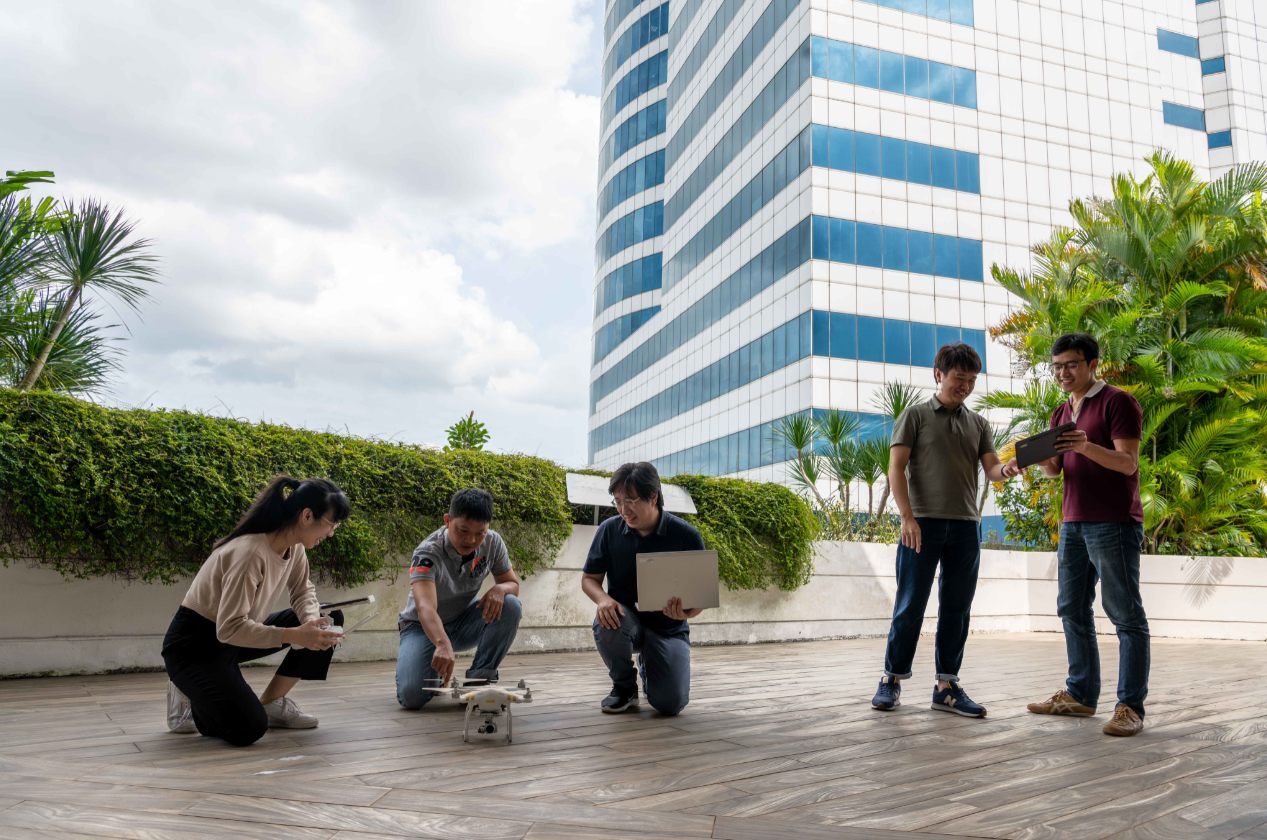It may be hard to imagine, but even something as small as a hobbyist drone can cause major disruptions. How can the potential issues be minimised?
In collaboration with MINDEF, the Singapore Army, the RSAF, and the Civil Aviation Authority of Singapore (CAAS), our technologists designed a command, control and communications (C3) system to help identify and neutralise errant drones and unmanned aircraft systems (UAS). This led to the development of a specially designed system now dubbed Drone Defence C3 (DDC3).


Designed to be a single platform that connects drone defence operators to a wide array of sensors and effectors in real time, DDC3 provides a comprehensive situation picture and the means to neutralise threats promptly through direct integrations with various counter-UAS systems. This shortens the time gap between threat detection and action, or what is called the ‘sensor-to-shooter cycle’.
“Operators have to make sense of the torrent of info coming from the sensors. To prevent them from being overwhelmed, we designed the DDC3 to take on some of their tasks. In particular, we implemented fusion algorithms to correlate data from multiple sensors, and embedded various decision support systems that can recommend the appropriate course of action. These features help to reduce their cognitive workload, and consequently the manpower required to operate the system as a whole,” said Development Programme Manager (C3 Development) Shaun Lim.
The team also developed a mobile version for Android devices, allowing critical information to be disseminated to teams on the ground for more precise target engagement.

The system has since been deployed at national events to support security efforts, by providing aerial surveillance for the detection and disruption of unauthorised drones.